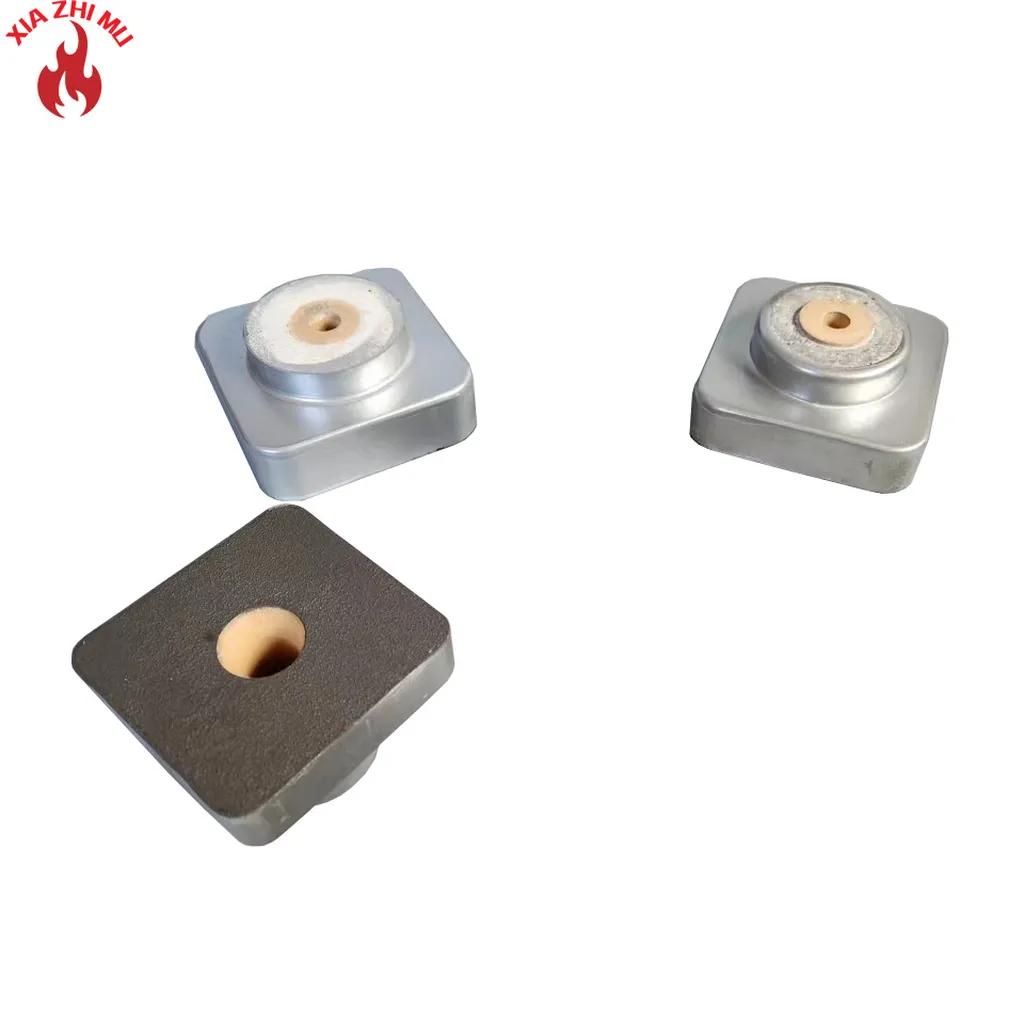In the heart of Henan Province, a steel plant is making waves—not in its molten steel, but in the world of continuous casting technology. Researchers, led by Qu Tianbao, have published a groundbreaking study in the journal *Teshugang* (translated as “Iron and Steel”), focusing on the optimization of submerged nozzles used in the continuous casting of wide and thick slabs. This research could significantly impact the quality and efficiency of steel production, with far-reaching implications for the energy sector.
Continuous casting is a critical process in steel production, where molten steel is solidified into a semi-finished billet, bloom, or slab for subsequent rolling. The submerged nozzle plays a pivotal role in this process, guiding the flow of molten steel into the mold. However, traditional circular nozzles have often led to turbulent flow and quality issues, such as surface slag inclusion and nozzle clogging.
Qu Tianbao and his team set out to address these challenges by systematically studying the flow field in a 230 mm×1,650 mm wide and thick slab continuous casting mold. Using FLUENT software for numerical simulation, they analyzed the impact of replacing the traditional circular nozzle with a new flat nozzle design.
The results were striking. “Before the replacement, the free steel liquid surface velocity in the circular nozzle mold fluctuated greatly,” Qu Tianbao explained. “The velocity of the steel-slag interface within the range of 0 m-0.3 m from the nozzle reached a maximum of 0.3 m/s, causing severe fluctuations in the steel liquid surface and surface slag inclusion behavior, seriously affecting the quality of the cast billet.”
The introduction of the flat nozzle transformed the flow dynamics within the mold. The turbulent energy was reduced by 50% compared to the circular nozzle, leading to a more stable flow pattern. This not only improved the quality of the cast billet but also extended the service life of the submerged nozzles by reducing the risk of clogging.
The research didn’t stop at structural optimization. Qu Tianbao and his team also simulated the process parameters of the flat nozzle, identifying the optimal conditions for its use. They found that immersing the nozzle at a depth of 125 mm, pulling at a speed of 0.8 m/min, and tilting at an angle of 15° produced the most favorable flow field shape in the mold.
The commercial implications of this research are substantial. For the energy sector, which relies heavily on high-quality steel for infrastructure and machinery, these advancements could lead to more efficient and cost-effective production processes. The improved flow field regulation and extended nozzle life could also contribute to energy savings and reduced environmental impact.
As the steel industry continues to evolve, the insights gained from this study could shape future developments in continuous casting technology. Qu Tianbao’s work, published in *Teshugang*, serves as a beacon for steel and iron enterprises looking to optimize their processes and enhance the quality of their products. The journey towards more efficient and sustainable steel production has taken a significant step forward, thanks to the innovative research coming out of Henan Province.

